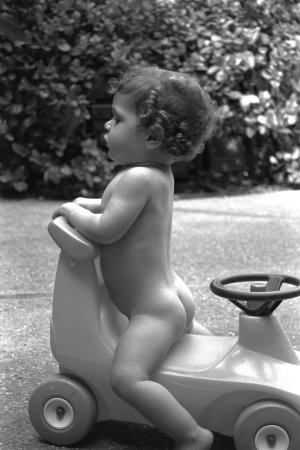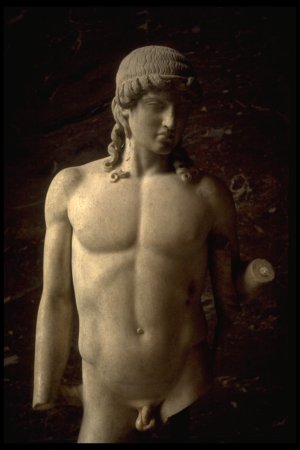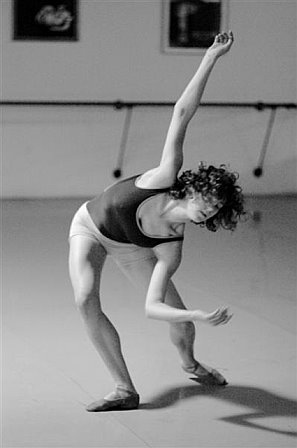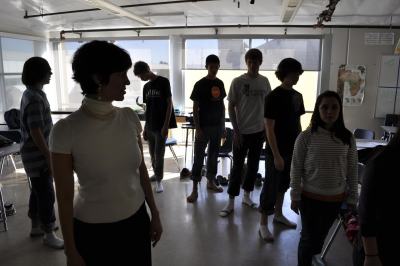Posture Makeover
In this season of shorts and bikinis it is easy for us to pick ourselves apart. Wanting to take care of our bodies is a natural, healthy impulse, but when it gets focused on body image it can become an unhealthy obsession. You can help transform negative thoughts about the shape of your body, or the wrinkles on your face, into positive ones by focusing on posture.

Young children have great posture, great strength and flexibility, and an intact sense of self.
Posture helps us work on our bodies in a healthy way that gives immediate rewards for little effort and no expense. Short of pricey interventions, those wrinkles won't disappear. Exercise can help us lose weight and become stronger, but it won't happen overnight. With posture, however, you can improve your physical appearance and feel healthier in a matter of seconds. You'll increase circulation, improve your breathing, begin to build muscle in the core and buttocks, and find an outlet for the mental energy that would usually fixate on the shape of your thighs or the bulge around your middle.

The Greeks placed a great emphasis on form - and the beauty that goes with it.
With posture we can let ourselves obsess a little. Check that every vertebra in your spine moves with your breathing. Squeeze the glutes on the rear leg with every step you take.

Teacher Charlene Hannibal showing excellent form in performing ballet. Her torso retains it’s original shape as her arms and legs are compellingly expressive.
By remembering to angle the pelvis forward, roll the shoulders back and glidewalk, we can focus all that mental energy on something that will help us rather than hurt us.
I've used this technique successfully with high school girls whose body image had deteriorated to the point where it was contributing to anorexia. By giving these young girls another outlet for their desire to control their bodies and their lives, we slowly replaced unhealthy obsessions with healthy ones.

Esther teaching posture / dance to a group of teenagers in high school. This is an age at which it is very important to establish a sense of self that is health-based rather than fashion- or imperfection-based.
It's a good thing to care about our bodies, but we need to care in ways that promote health, rather than destroy it.
Best,
Esther
Join us in an upcoming Free Workshop (online or in person).
Find a Foundations Course in your area to get the full training on the Gokhale Method!
We also offer in person or online Initial Consultations with any of our qualified Gokhale Method teachers.

Comments
Hi Esther, I just finished
Hi Esther, I just finished your introductory workshop and it was great! I just had one question we ran out of time for, any chance you can help? - I used to be very hunched, leaning over while I was drawing and then I would tense and straighten when I noticed the slump or got stressed with work. I've been working on stretching out my pecs and very tight traps to relax my shoulders back and down. But I am getting a bit of tension and pain in the muscles next to my thorasic spine (rhomboids I think they are called) and in my neck muscles - any stretch recommendations that aren't already covered in the book?
Thank you so much for your wonderful book it is really helping me feel differently about my future as an artist. Last year I thought I would never be able to draw again! Focusing on my posture has been life changing :)
So glad to hear that you are
So glad to hear that you are inspired and changed already! My recommendations are:
1. Go slow with your changes. Do something that is midway between what you are used to doing and what is ideal. You need to give your muscles some time to reset to more normal baseline lengths.
2. Be sure to really relax at the end of your measures, whether they be shoulder rolls or neck lengthening or...it's easy to get fixated on an "ideal" and unwittingly tense to approach it. Your rhomboids do indeed work during a shoulder roll. But after you're done rolling, be sure you truly relax your rhomboids - and accept that the end result isn't going to be perfect right away.
3. Find a qualified teacher to help you with this. In my experience, it makes a big difference to people's kinesthetic learning curve to have in-person coaching.
Add New Comment
Login to add commment
Login